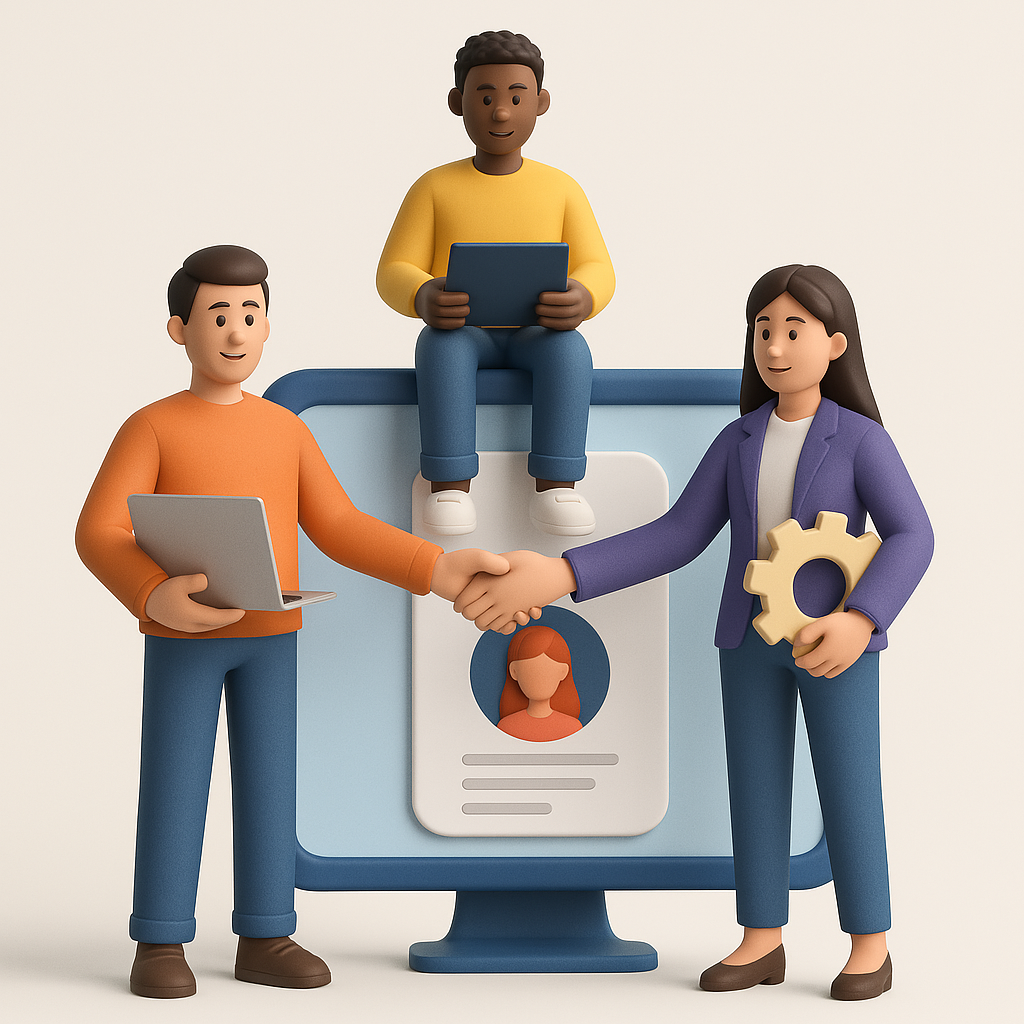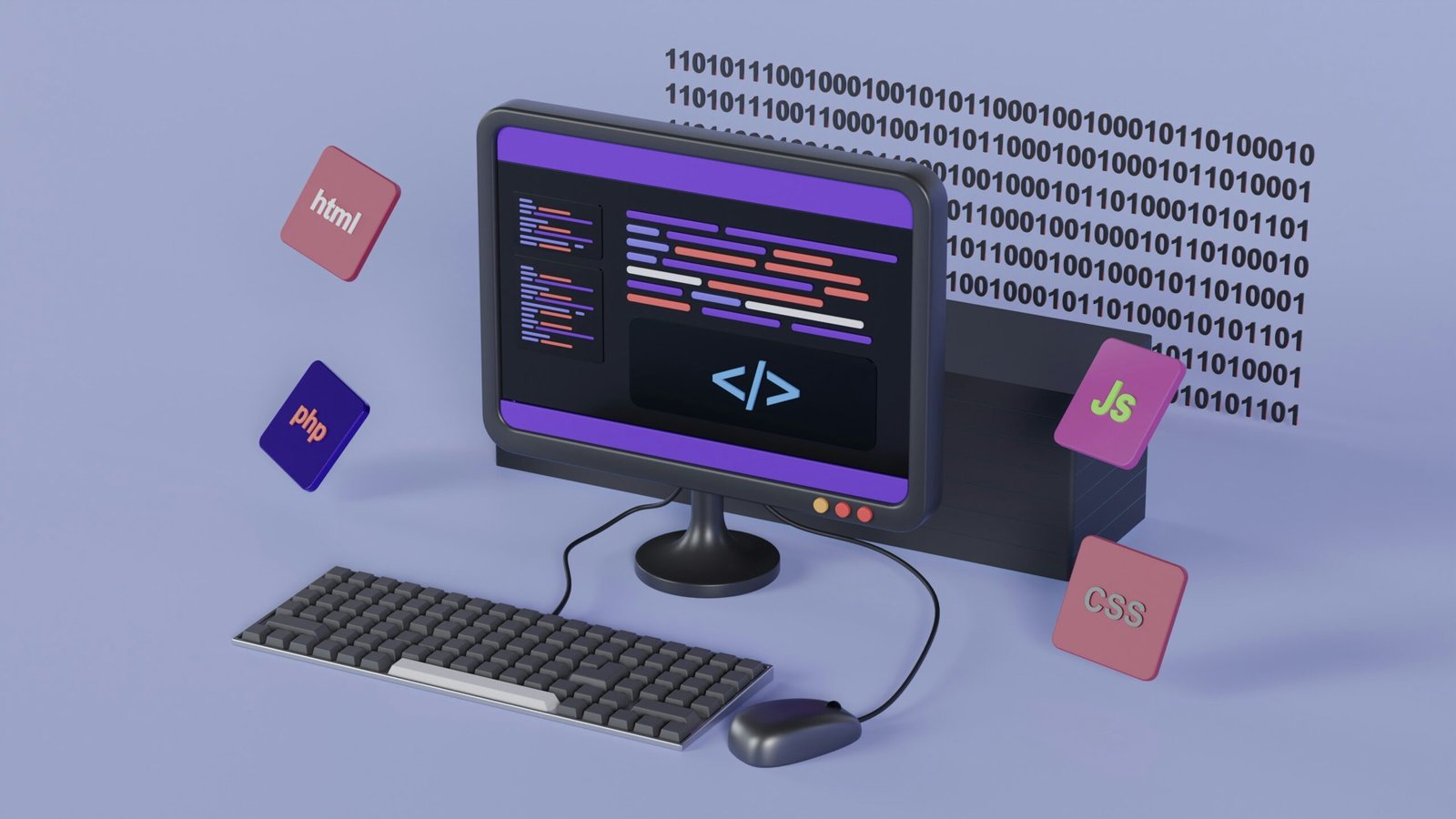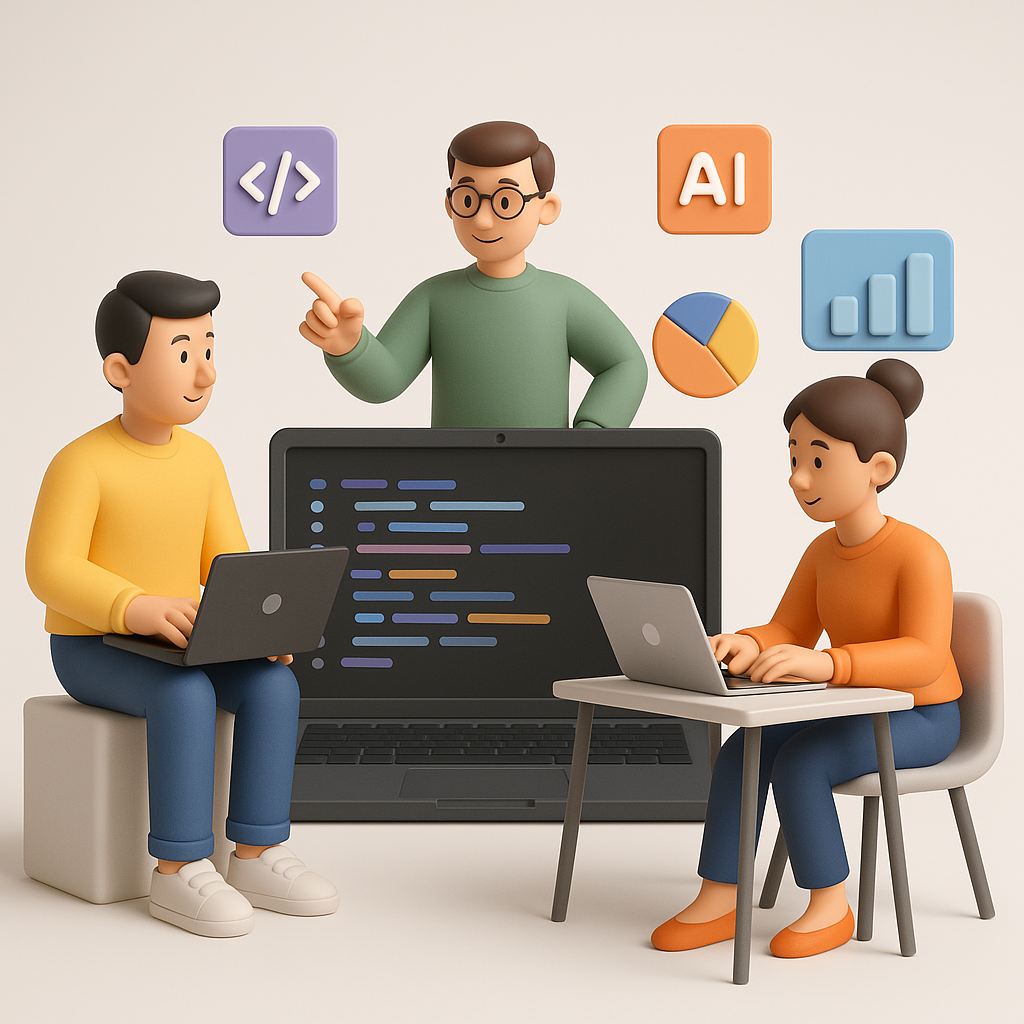
In today’s rapidly changing world, the ability to learn and adapt is no longer a luxury – it’s a necessity. Organizations that embrace a culture of continuous learning are better equipped to navigate disruption, innovate, and thrive in the face of change.
What is a Culture of Continuous Learning?
A culture of continuous learning is an environment where employees are encouraged and supported to acquire new knowledge, skills, and abilities throughout their careers. It’s a mindset that values growth, curiosity, and a commitment to lifelong learning. This culture is fostered through:
- Learning Opportunities: Providing access to a variety of learning resources and experiences.
- Encouragement and Support: Creating a safe and supportive environment where employees feel comfortable taking risks and trying new things.
- Integration with Work: Making learning an integral part of the daily work experience, rather than a separate activity.
- Leadership Commitment: Leaders who model learning behaviors and champion a learning mindset.
- Recognition and Reward: Recognizing and rewarding employees for their learning efforts and achievements.
Why is Continuous Learning Important?
A culture of continuous learning provides numerous benefits for both employees and organizations:
- Increased Adaptability: Employees with a growth mindset are better equipped to adapt to new technologies, processes, and market changes.
- Enhanced Innovation: Continuous learning fosters creativity and innovation, as employees are exposed to new ideas and perspectives.
- Improved Employee Engagement: When employees feel supported in their learning and development, they are more engaged, motivated, and committed to the organization.
- Reduced Skills Gaps: Continuous learning helps employees acquire the skills they need to stay relevant and meet the evolving demands of their jobs.
- Competitive Advantage: Organizations with a culture of continuous learning are more agile, innovative, and competitive in the marketplace.
- Attracting and Retaining Talent: Offering opportunities for growth and development makes an organization more attractive to top talent and improves employee retention.
How to Build a Culture of Continuous Learning:
Building a learning culture requires a deliberate and ongoing effort. Here are some key strategies:
- Provide Learning Resources: Offer a variety of learning resources, such as online courses, workshops, conferences, mentorship programs, and tuition reimbursement.
- Encourage Experimentation: Create a safe space where employees feel comfortable experimenting, taking risks, and learning from failures.
- Integrate Learning into Work: Incorporate learning into daily work tasks, such as through on-the-job training, cross-functional projects, and knowledge sharing.
- Lead by Example: Leaders should actively participate in learning and development activities, modeling a learning mindset for their teams.
- Recognize and Reward Learning: Acknowledge and celebrate employees’ learning achievements, both formally and informally.
- Promote Knowledge Sharing: Create platforms and opportunities for employees to share their knowledge and expertise with each other.
- Gather Feedback: Regularly solicit feedback from employees on learning programs and initiatives to ensure they meet their needs.
- Use Technology: Leverage technology to deliver engaging and personalized learning experiences.
Investing in the Future
A culture of continuous learning is not just a nice-to-have – it’s a strategic imperative for organizations that want to thrive in the 21st century. By fostering a learning mindset and providing the resources and support employees need to grow, organizations can unlock their full potential and build a brighter future.
How does your organization foster a culture of continuous learning? Share your best practices in the comments below!


